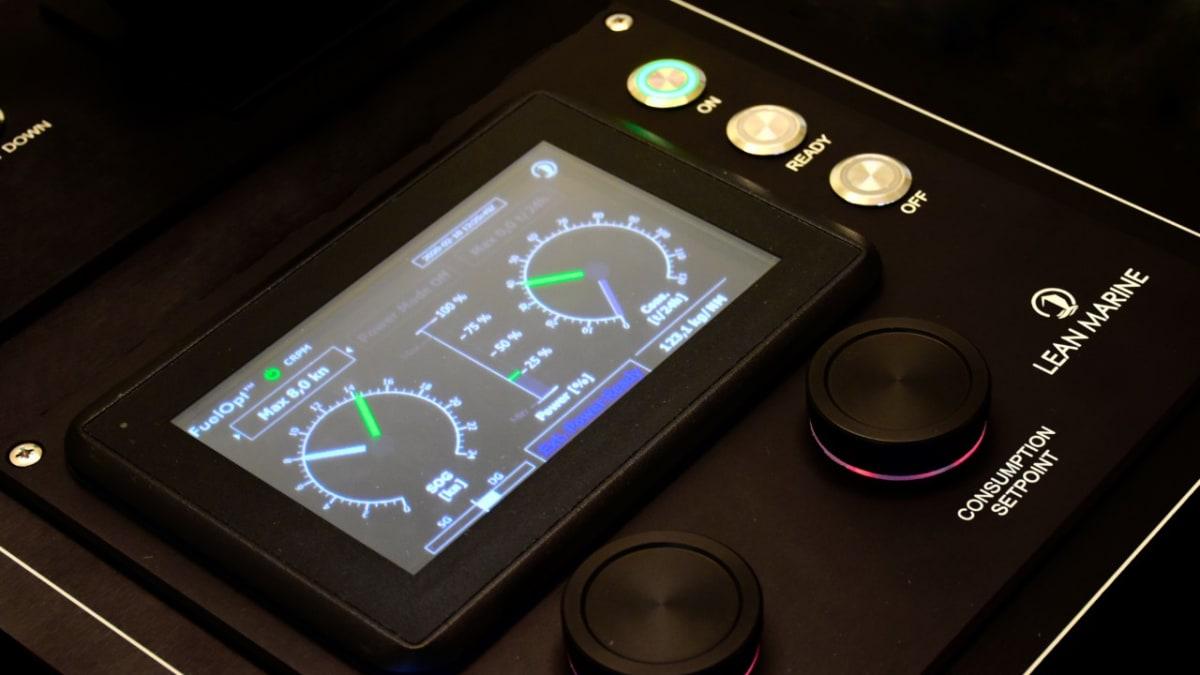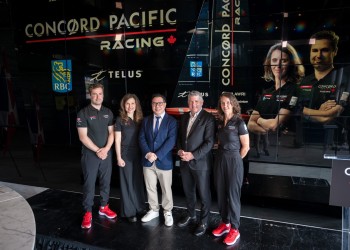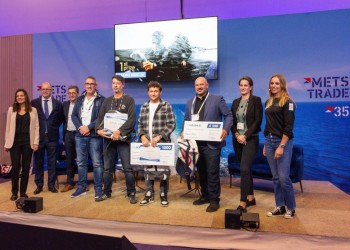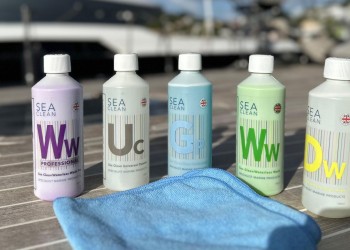
Yara Marine Technologies offers FuelOpt - an automated propulsion optimization technology - as a viable solution that can safely limit shaft power output.
Yara Marine's FuelOpt: IMO EEXI compliant Shaft Power Limitation solution
As ship operators rush to comply with the IMO's upcoming Energy Efficiency Existing Ship Index (EEXI) framework, Yara Marine Technologies offers FuelOpt - an automated propulsion optimization technology - as a viable solution that can safely limit shaft power output.
21 October 2021 – Yara Marine Technologies, a company known for its portfolio of green technologies, presents the FuelOpt system as an excellent option to enable Shaft Power Limitation (ShaPoLi) in accordance with the IMO's upcoming EEXI framework. A preliminary assessment carried out by DNV confirms this statement.
Per Bjärkby, Chief Technology Officer at Yara Marine Technologies, reveals: "Our understanding of the IMO's EEXI guidelines shows that our FuelOpt technology is already meeting ShaPoLi requirements. We are proactively engaged in the approval process together with DNV in order to obtain class approval as soon as possible."
Mikael Johansson at DNV confirms: "We are in close discussions with Yara Marine regarding EEXI compliant technologies and the FuelOpt technology's capability of meeting ShaPoLi requirements."
The IMO's Energy Efficiency Existing Ship Index (EEXI), which is the next evolution in the IMO's Energy Efficiency Design Index (EEDI), will come into force on January 1st, 2023. It is aimed at any existing vessels which have so far escaped the impact of EEDI requirements. Suggested measures for EEXI include engine power limitation (EPL), ShaPoLi, propulsion optimization, and energy-saving devices. Among these, derating the engine power output via EPL or ShaPoLi is likely to be the primary measure implemented for the reduction of greenhouse gas (GHG) emissions.
A comprehensive solution for EEXI
"Our FuelOpt system has had the proven functionality to limit shaft power since 2013 and provides a log of the propulsion data. It can help ship operators to comply with upcoming EEXI regulations while also enhancing vessel operational efficiency," said Mikael Laurin, Managing Director of Vessel Optimization at Yara Marine Technologies.
FuelOpt also offers the additional benefit of not impeding regular operations. "FuelOpt doesn't require an on board pre-visit and the installation can be completed at a port call," Laurin added. The system enables ship operators to set an upper limit to shaft power output without any modification to the existing machinery, aligning daily operations with what is stipulated in the EEXI requirements.
The use of ShaPoLi can be overridden in an emergency, enabling the crew to access to the engine's full power. As a result, it maximizes cost and time savings while streamlining efficiency and maintaining safety standards. Moreover, FuelOpt avoids a significant hurdle to implementation by offering the simpler alternative of ShaPoLi.
FuelOpt logs all necessary engine parameters and stores these in the performance management and reporting software Fleet Analytics. This software enables reports of when, where, and why excessive power may have been used during a certain event, as mandated by the EEXI framework.
Impact on the global trading fleet
Given the approaching regulatory deadline, the vast majority of the maritime sector may find it a difficult task to achieve EEXI compliance. Currently, DNV estimates that approximately 80% of the global trading fleet will need to undertake technical upgrades to meet the minimum energy efficiency standards set in EEXI. With certain sectors suffering financial setbacks during the pandemic, complex and cost-intensive solutions are unlikely to be favored within the industry for the time being.
ABS indicates that nearly 7,000 tankers will need to explore their options to reach these requirements. This is based on the understanding that almost 70% of the current global tanker fleet was contracted prior to January 2013 and delivered prior to July 2015 – leaving these vessels without EEDI value.
Similarly, Clarkson's Research Service estimates that 7 out of 10 bulk carriers do not currently comply with the EEXI. The calculations are probably somewhat similar for the containership sector. A recent market review by Danish Ship Finance estimates that more than 40% of the global container fleet is over 10 years old.
It is therefore imperative that any solutions for EEXI account not only for global fleet numbers that would require upgrades within this limited time frame, but also the likelihood that ship operators will be able to allocate time and financial resources for complex refittings.
With these factors taken into account, and with the understanding that FuelOpt is capable of being installed on any vessel type and suitable for any fuel type, Yara Marine believes it to be a reliable solution to address EEXI needs across the industry as a whole.








